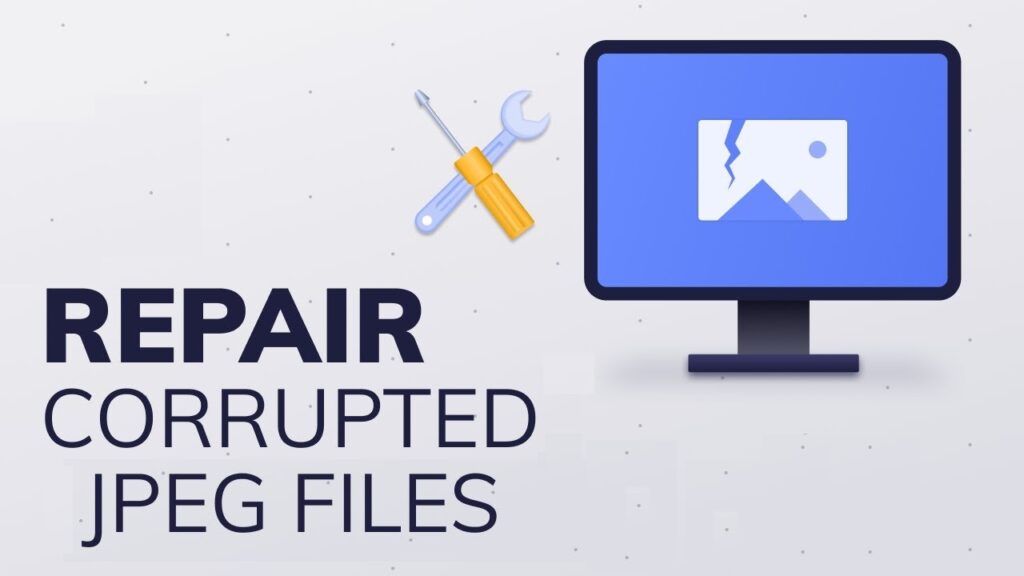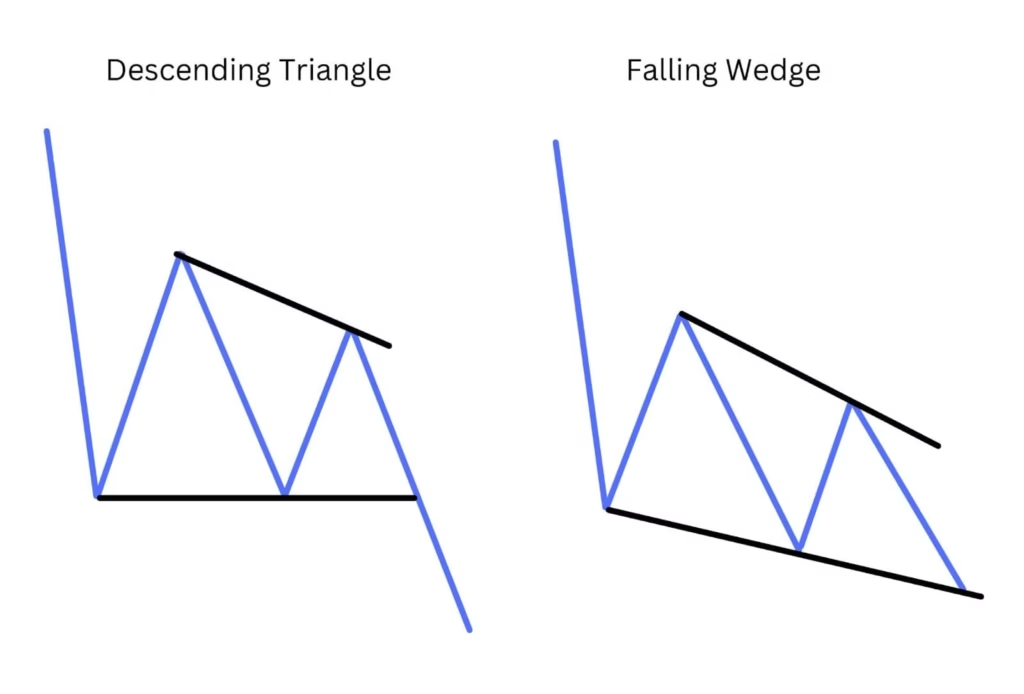Oracle’s 23C Release, a significant focus in the constantly transforming field of enterprise software, receives attention due to its long-term label. It is so called because it embodies a strategy that aims to equip developers and data engineers with unparalleled flexibility and efficiency. Now, we will explore why experts hail the Oracle 23C Release as an enduring game-changer.
Diverse Access to Formats:
One of the key reasons behind this long-term release of Oracle 23C is its commitment to providing developers and data engineers with versatile access to data formats. In this Oracle 23C Release, the emphasis lies on catering to diverse use cases without imposing concerns about data structure, mapping intricacies, consistency challenges, or the need for performance tuning. This flexibility ensures that professionals across various domains can harness the power of Oracle 23C to address their specific requirements, laying the foundation for long-term adaptability.
Freedom from Data Constraints:
Oracle 23C liberates developers and data engineers from the shackles of traditional data constraints. By offering unfettered access to formats for each use case, it transcends the limitations imposed by rigid data structures and mapping intricacies. This liberation from constraints is pivotal for long-term projects and evolving data landscapes, enabling seamless integration of Oracle 23C into diverse business scenarios without the burden of constant data-related challenges.
Harmonizing Relational and JSON Data:
A standout feature of Oracle 23C that contributes to its long-term appeal is the ability to run graph analytics on both relational and JSON data. This harmonization of different data types represents a significant stride toward unifying data analytics processes. Developers and data engineers can now work with diverse data models within the same ecosystem, fostering a holistic approach that aligns with the evolving nature of data analytics in the long run.
Future-Proofing with Graph Analytics:
The incorporation of graph analytics capabilities in Oracle 23C enhances its long-term relevance. Graph analytics, applied to both relational and JSON data, opens up new dimensions for extracting insights from interconnected datasets. This forward-looking feature ensures that organizations can leverage evolving analytics methodologies without the need for major overhauls or migrations, thus future-proofing their analytical capabilities.
Conclusion
As the challenges of manual testing during Oracle Cloud quarterly updates become increasingly evident, the need for a strategic and efficient solution has never been more critical. Guesswork in selecting regression tests poses the risk of over-testing or under-testing, both of which can have severe consequences for your business. In the pursuit of a scientific and foolproof approach to regression testing, the answer lies in incorporating test automation.
Enter Opkey – a revolutionary no-code test automation tool that streamlines your Oracle Cloud quarterly update certification process. In the face of tight timelines, Opkey becomes a trusted ally by executing a comprehensive series of automated tests before each update is applied to customer environments. Leveraging these automated tests, Opkey provides clear insights into changes in transactions, configurations, and custom screens, immediately identifying the testing impacts arising from these changes.
What sets Opkey apart is its predictive impact analysis engine, a feature that eliminates the guesswork associated with determining what needs to be tested before deploying changes to your Oracle Cloud apps. Instead of testing every test case, Opkey guides you to focus on those that are highly risky and their dependent components. This strategic approach not only saves hours of effort and struggle but also ensures a targeted and efficient testing process.
Opkey’s automated tests go beyond the basics, covering a spectrum that includes the health of builds in a simulated existing customer environment, successful execution in a simulated new customer environment, and scrutiny of end-to-end business process flows. From primary use-case scenarios to alternate use-case scenarios, security tests, reports and integration tests, to additional scenarios derived from design specifications – Opkey leaves no stone unturned.
Related Post: Creating a Digital Platform for Your Cause: How to Setup a Nonprofit Website






